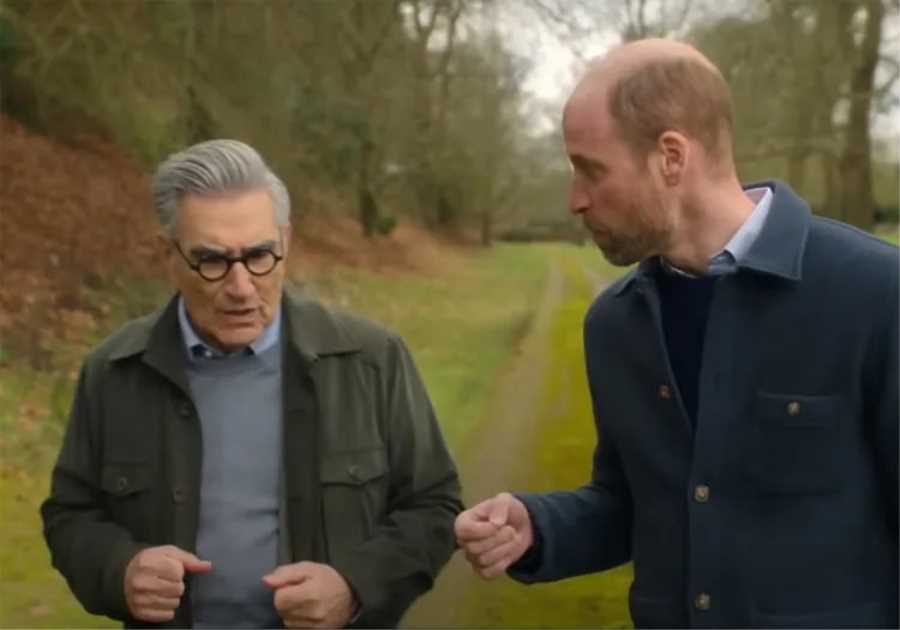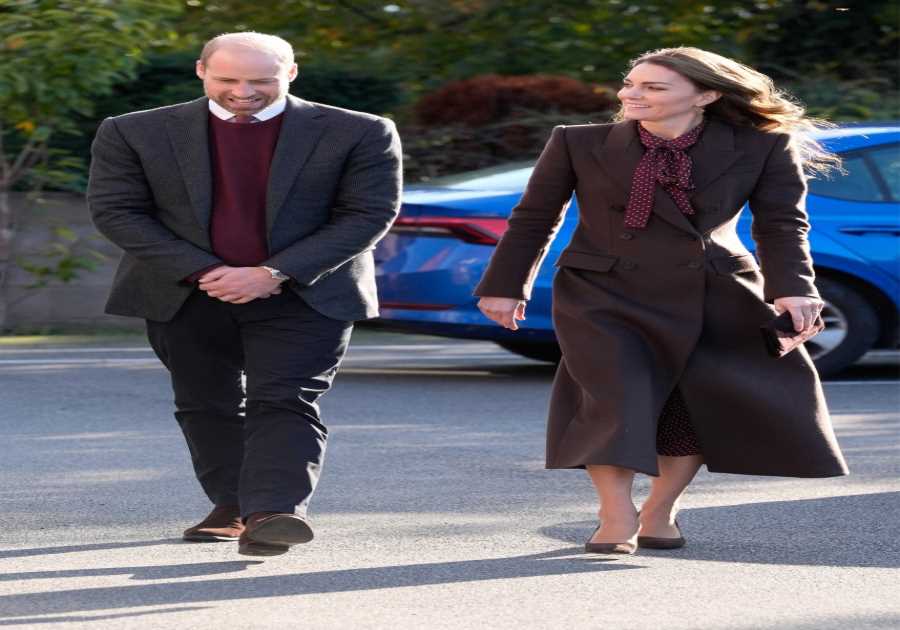SEASPIRACY has shocked viewers with its series of terrifying claims about the state of our oceans.
But the documentary has been described as “the worst kind of journalism” by Dr Bryce Stewart, a marine ecologist and fisheries biologist. So what’s the truth?
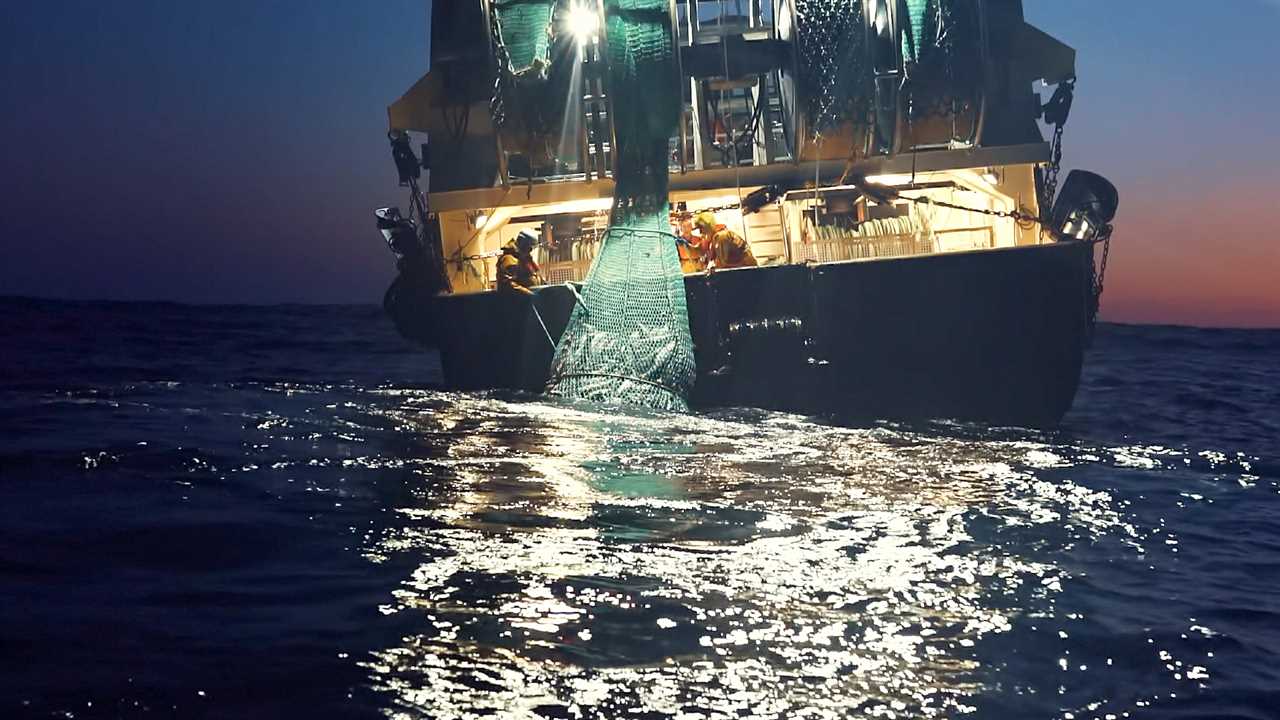
What allegations are made in Seaspiracy?
There will be no fish in the ocean by 2048
The claim from Seaspiracy that has attracted most criticism has been the proposal that the ocean will be empty of fish by 2048.
This dramatic statistic seems to have been taken from a 2006 paper by Boris Worm, a paper which Worm overturned in 2009 for being misjudged.
A 2009 follow up paper, co-authored by Worm, found that in particular areas that had limited fishing, stock had somewhat recovered.
Bryce Stewart, a marine ecologist at the University of York said about the statistic: “When you actually looked at the data it was based on, it was based on a massive extrapolation into the future,”
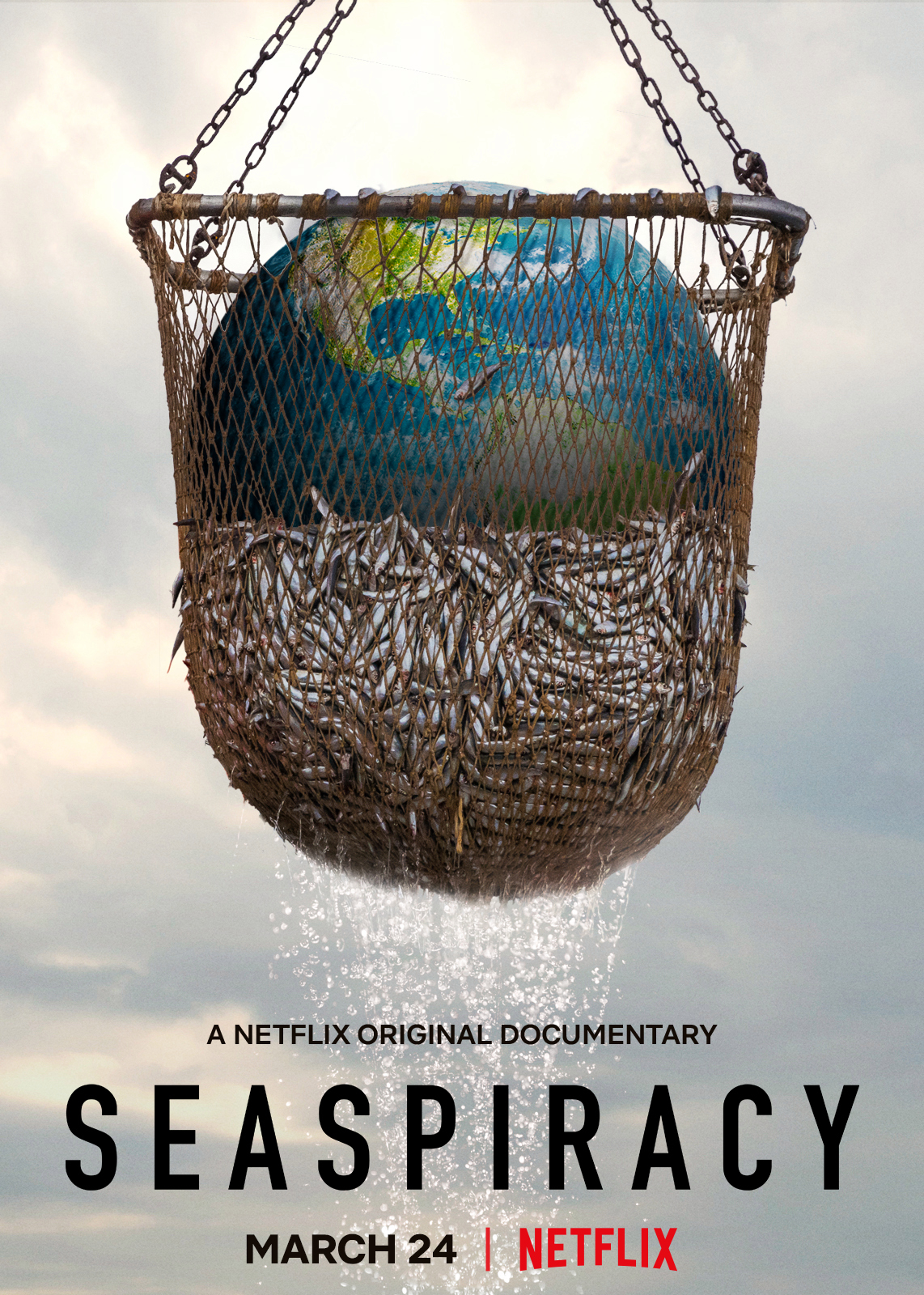
“To see it appear in that film again was a real surprise, because it’s a statistic that was questionable to begin with.”
The most recent study on the topic was led by UC Santa Barbara economist Christopher Costello.
It projected that at worst 10 to 20 percent of fish stocks will be sustainably managed by 2050. It even stated that over 50% of stocks could be sustainable by 2050 following progress from countries like New Zealand, Iceland, and the Western United States.
Sustainable fishing is not possible
The documentary argues that the fishing industry at its essence is unsustainable.
Part of what makes this claim so hard to prove is the lack of consensus around the term “sustainable.”
The UN estimates that 34.2 per cent of fish stocks worldwide are fished to unsustainable levels, meaning the number of fish are being depleted.
The majority are fished at “maximum capacity”, meaning that higher levels would deplete the overall stock.
But some environmentalists call for a level of fishing that would allow fish stock to reach higher levels again.
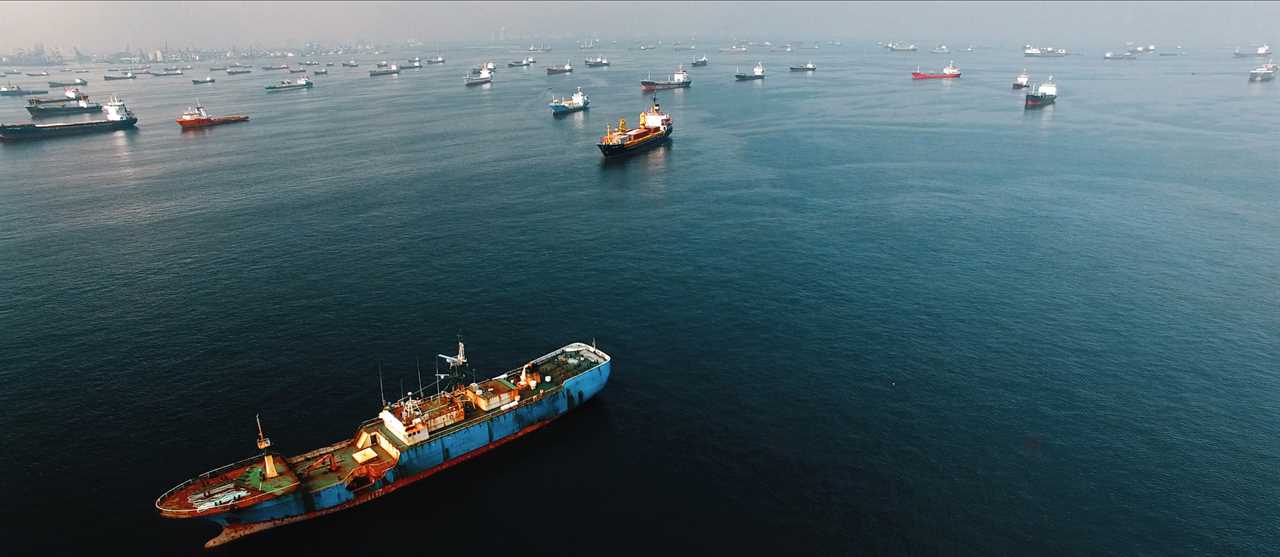
The Marine Stewardship Council (MSC) says: “Sustainable fishing does exist and helps protect our oceans…One of the amazing things about our oceans is that fish stocks can recover and replenish if they are managed carefully for the long-term.
“Examples of where this has happened and stocks have come back from the brink include the Patagonian tooth fish in the Southern Oceans or the recovery of Namibian hake, after years of overfishing by foreign fleets, of the increase in some of our major tuna stocks globally.
“What is even more amazing, is that if we take care of our fish stocks – they take care of us. Research shows that fish stocks that are well-managed and sustainable, are also more productive in the long-term, meaning there is more seafood for our growing global population, which is set to reach 10 billion by 2050.”
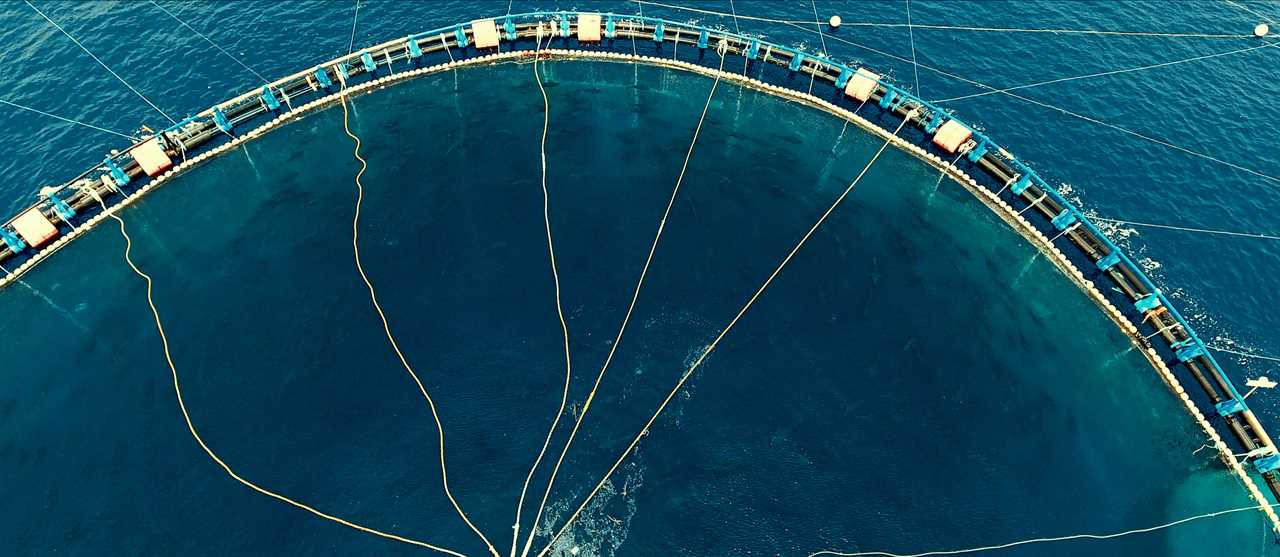
We should stop eating fish
Seaspiracy’s ultimate message is that in order to save our oceans, we should stop consuming seafood altogether.
It is worth remembering that Seaspiracy is produced by Kip Andersen, a vegan activist responsible for other Netflix film Cowspiracy.
Bear in mind Andersen owns a $14-a-month vegan recipe subscription service – which the Seaspiracy official website encourages viewers to visit.
Oceana, an NGO campaigning for ocean protection said: “Choosing to abstain from consuming seafood is not a realistic choice for the hundreds of millions of people around the world who depend on coastal fisheries – many of whom are also facing poverty, hunger and malnutrition.”
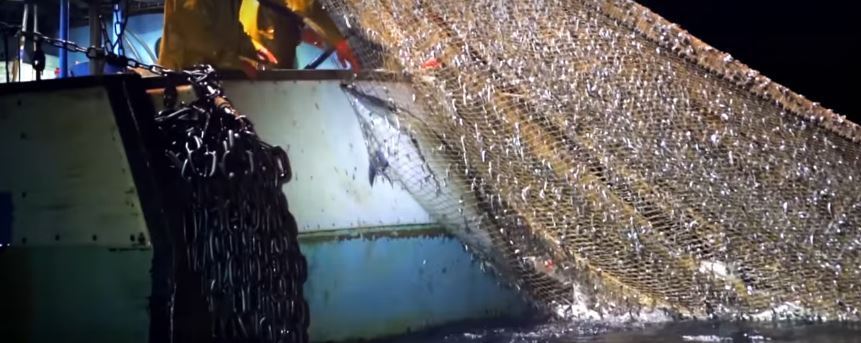
Certification labels don’t guarantee fish safety
One of the most provocative claims that the documentary makes is that food safety certifications issued by the MSC actually have no way of guaranteeing the safety of fishing practises.
Seaspiracy describes how one fishing vessel that supposedly subscribed to dolphin-safe canned tuna standards had killed 45 dolphins to catch just eight tuna.
Documentary makers interviewed Mark J Palmer from the Earth Island Institute – the organisation that manages this authentication.
They asked him if every tin of fish labelled as “dolphin-safe” could be guaranteed as dolphin-safe.
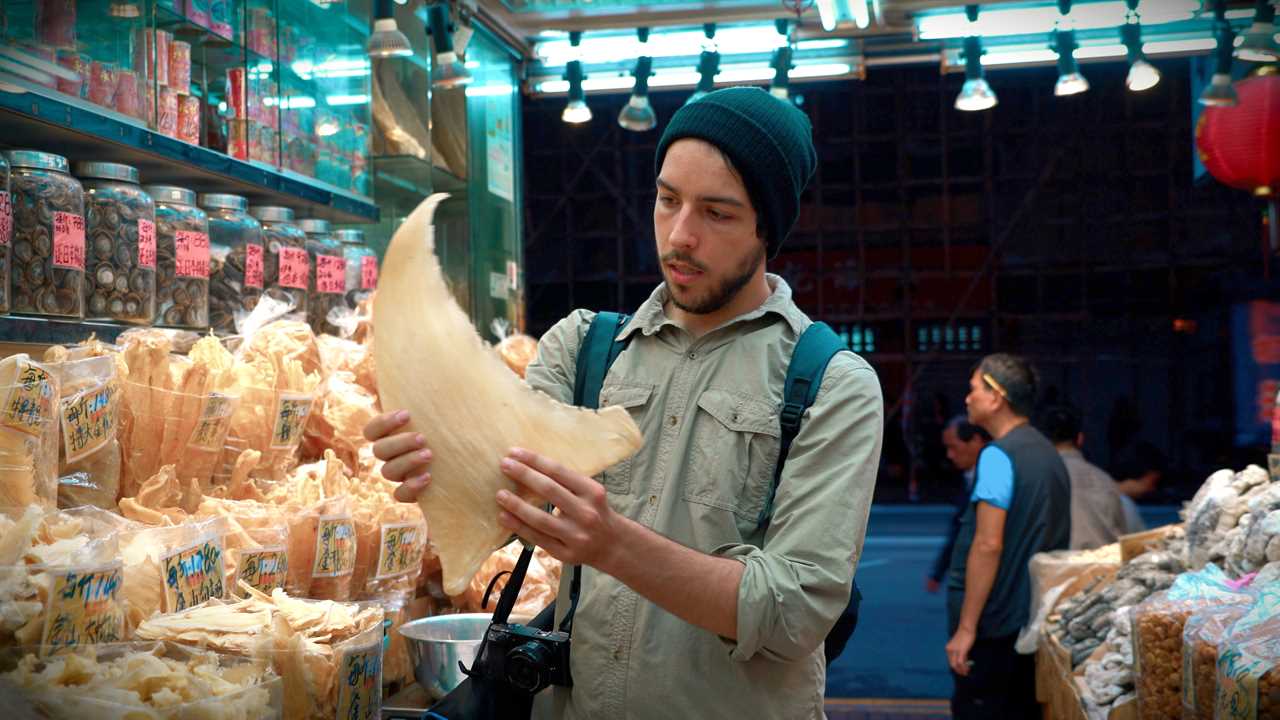
He responded: “Nope. Nobody can. Once you’re out there in the ocean, how do you know what they’re doing? We have observers on board – observers can be bribed.”
Palmer later said the documentary had been misleading.
He said: “The film took my statement out of context to suggest that there is no oversight and we don’t know whether dolphins are being killed. This is simply not true.”
The MSC responded to the documentary’s claims, stating that the certification system is “independent of us and carried out by expert assessment bodies” and can be viewed online at Track a Fishery.
They said: “Contrary to what the filmmakers say, certification is not an easy process, and some fisheries spend many years improving their practices in order to reach our standard,
“In fact, our analysis shows that the vast majority of fisheries that carry out pre-assessments against our criteria, do not meet these and need to make significant improvements to gain certification.”
Fishing nets are a bigger problem than plastic straws
Despite global government campaigns against plastic straws, Seaspiracy argues that the biggest source of plastic deposits us litter from commercial fishing boats.
The documentaries sees environmentalist George Monbiot say: “Discarded fishing nets are far more dangerous for marine life than our plastic straws because they are designed to kill.”
The film states that only 0.03 per cent of plastic pollution waste comes from drinking straws.
Further, they say that fishing nets and other commercial equipment constitures 46 per cent of the Great Pacific Garbage Path in the Pacific Ocean.
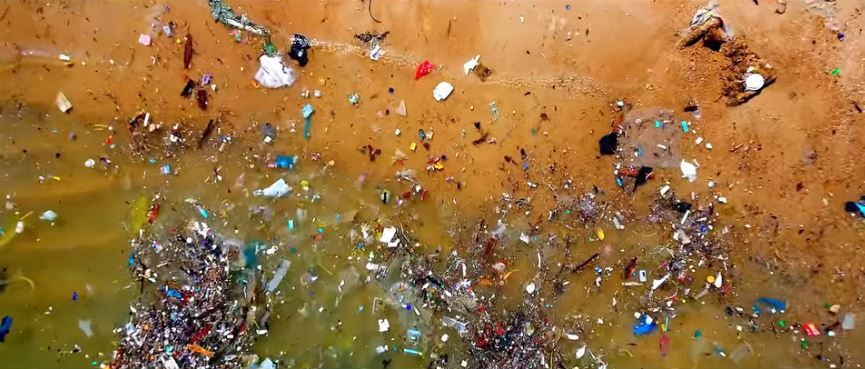
The fishing trade is plagued by slavery
The documentary investigates the human cost of commercial fishing, citing the slave labour being used in the prawns and shrimps industry in Thailand.
The crew interview a former fisherman who alleges to have been abused and threatened at gunpoint.
In a dramatic revelation, he describes how the the dead bodies of other slaves were killed by captains and kept in industrial freezers on deck.
It is true that slave labour has been identified in Thailand, as well as among African and Asian crew on domestic vessels in British and Irish fisheries and on vessels in the waters of Indonesia, Papua New Guinea, Russia and South Africa, and New Zealand.
How can I watch Seaspiracy?
Seaspiracy is available to watch on Netflix now.
It is 1 hour and 29 minutes long.
Did you miss our previous article...
https://thecelebreport.com/television/see-khloe-kardashian-amp-sister-kylie-jenners-real-hair-as-glam-sisters-nearly-never-go-without-wigs-amp-extensions

